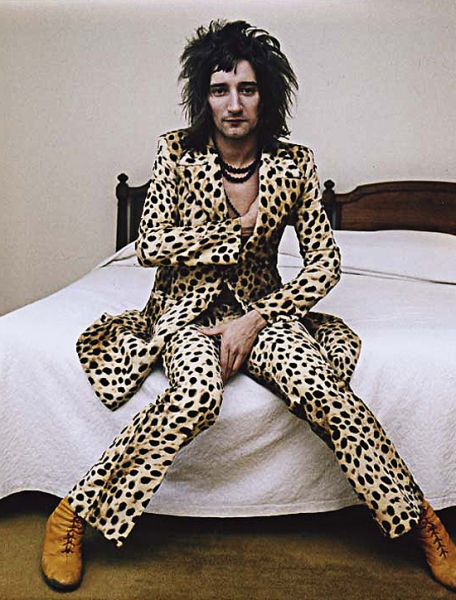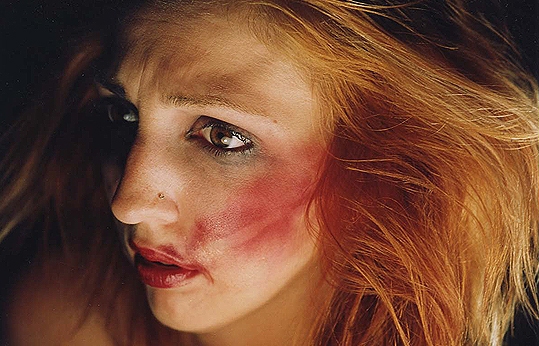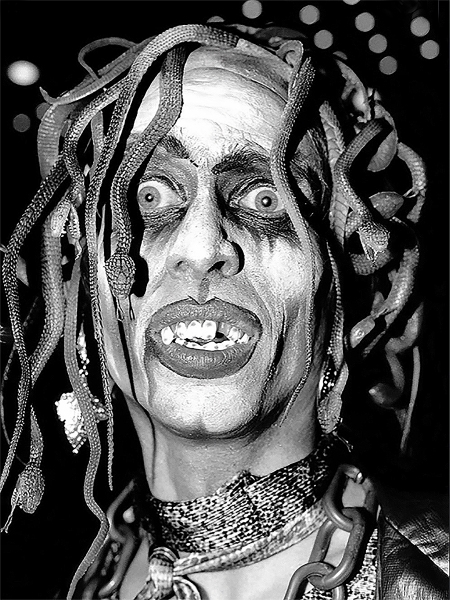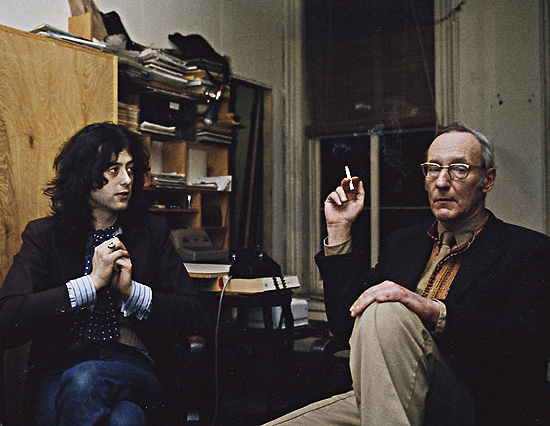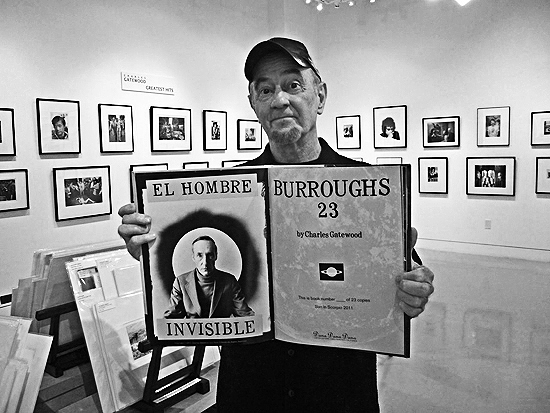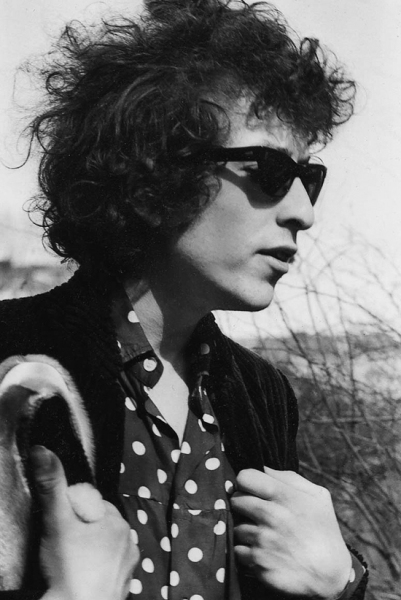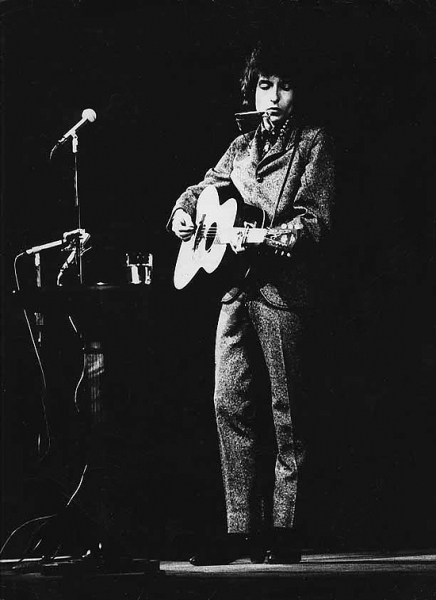.
TW: What do you find most compelling about the medium of Photography?
.
CG: I’m a card-carrying voyeur, and my exotic subjects excite me. My camera is a passport to adventure and creative fun. I am my own boss. I have never had a “job.” I travel the world, do whatever I please, photograph famous people, and have kinky sex with beautiful punkettes. ‘Nuff said!
.
TW: You have covered a variety of subject areas in your involvement in Photography. Which of these subject areas to you find the most compelling and worthy of further exploration?
.
CG: I’ve been photographing almost fifty years, and I’ve covered lots of subjects. Most of my work is about people and behavior, and I’ve spent many years documenting alternative culture in all its ragged glory. My extended photo essays include 60s counterculture, rock and roll (I shot for Rolling Stone and Crawdaddy), the radical sex community, and tattooing, piercing and body art (I helped launch the “new tribalism” movement by sparking the RE/Search book Modern Primitives). I also did lots of traditional photojournalism in the 60s and 70s.
One of my favorite extended photo essays is Wall Street, shot between 1972-1976. This work is more formal, and more about social conditioning, societal control, corporate excess, and fascist architecture. Which subjects do I find most compelling today? Barely-legal girls, ha ha.
TW: How do you think the medium of photography has impacted popular culture at large?
Are you serious?
CG: What was it like to encounter William S. Burroughs as a subject in your work?
In January, 1972, Rolling Stone sent me and writer Bob Palmer to London to do a feature article on William Burroughs. Talk about a dream assignment. We spent a week with Burroughs, smoked hash, stared into the Dream Machine, played with the E-meter, and dug all Burroughs’ best rants and stories. Rolling Stone liked the story so much they asked me to be their New York photographer.
I shot Burroughs again in NYC, 1975, for Crawdaddy. He and musician Jimmy Page met for tea and chat before a Led Zeppelin concert. I got great shots from that shoot too.
TW: Are you equally compelled to photograph men and women. If not, which gender do you prefer to photograph and why?
CG: For most of my career, I’ve photographed everyone. Today, I mostly photograph gorgeous women. Wouldn’t you?
TW: How has photography broadened or defined your view of today’s world?
Like totally!
TW: If you could turn back the hands of time, would you have chosen another profession?
No, no, no. I do enjoy creative writing, but at heart I’m a picture guy.
TW: Describe the feeling of taking a great picture? What happens at that moment?
CG: Well, for me the creative act is a wonderful high, especially if the subject is exotic or sexy. I go into what I call “magic space.” Psychologists call it “flow.” Athletes call it “being in the zone.” It’s an exhilarating feeling. Time stands still, there is total communion with the subject, and the creative process (right framing, angle, moment) is like a beautiful zen dance. I work it, work it, work it—and suddenly there it is, my shot!
TW: How do you define Photography as Art?
CG: Andy Warhol said, “Art is anything you can get away with.” I agree!
.
Editor’s Note: This interview took place about a year before Charles Gatewood committed suicide.
